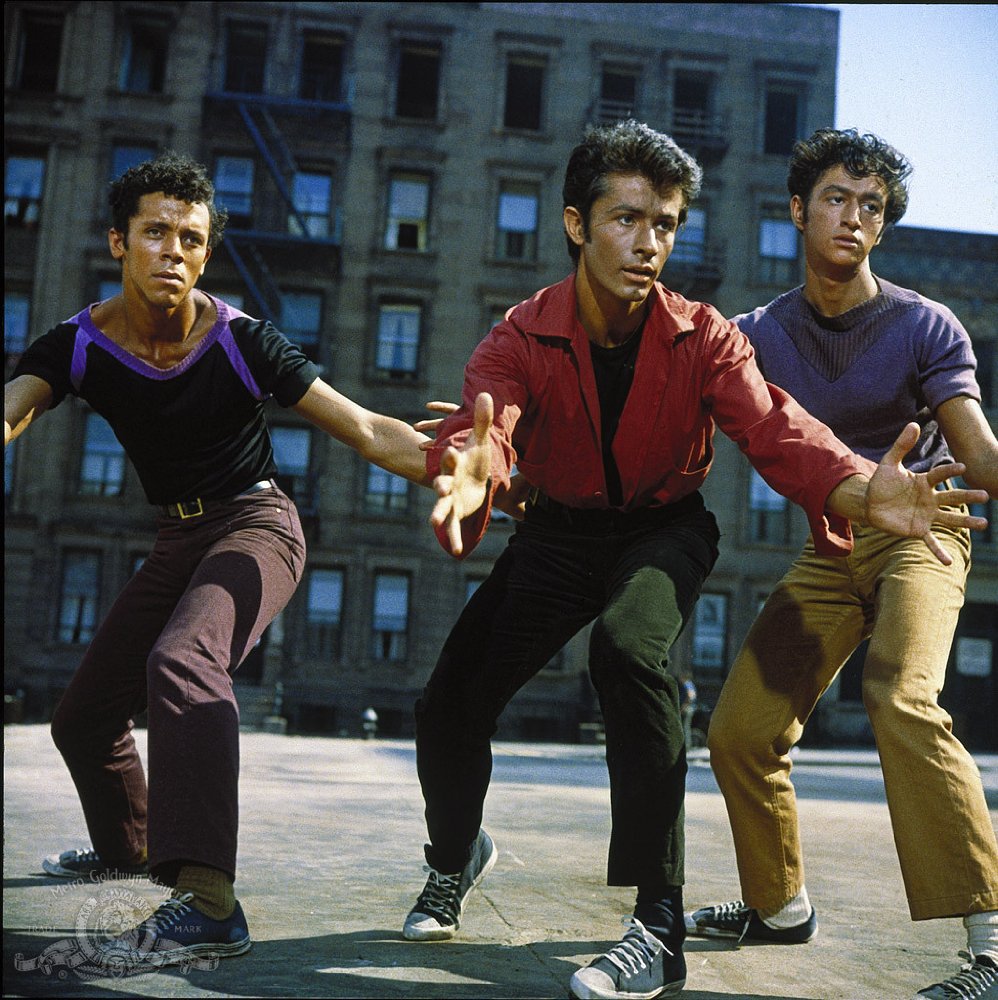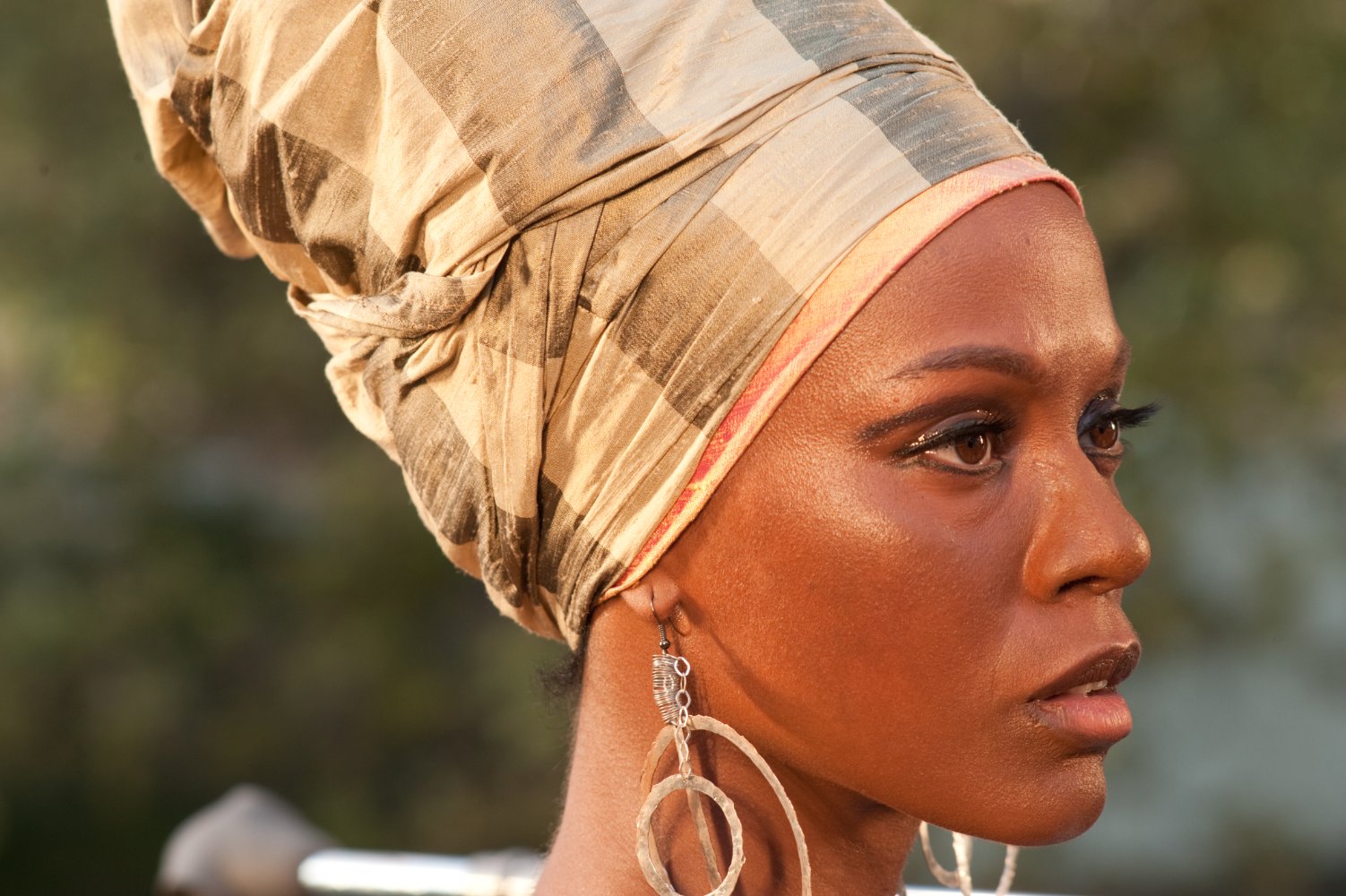Whitewashing and brownface in Hollywood

While Latinx actors have to face getting cast in stereotypical roles, they are also fighting against the Hollywood practice of whitewashing. Usually, the whitewashed roles are the ones with the most meaning.
“The irony…is there have been good, to even brilliant Latinx characters, but oftentimes, they aren’t played by Latinx actors,” said Rodriguez.
“Take, for example, the case of Scarface, a classic film about a Cuban-American drug lord played by white Italian-American actor Al Pacino. Or, more recently, the case of Lorenzo Henrie or Floriana Lima who both have a history of playing Latinx characters in television. Henrie’s character on Agents of S.H.I.E.L.D. is Gabe Reyes, the disabled younger brother of Ghost Rider Robbie Reyes. There’s already a disproportionate lack of showcasing disabled characters of color in our media, and when there is such a character (as in a non-white character), they’re played by a white actor? Or Maggie Sawyer on Supergirl, which is justifiably getting a lot of praise for their storyline featuring Alex and Maggie’s romance. Yet Maggie was promoted as a Latina character by showrunners and producers, is a well-crafted character, but played by a white Italian-American woman [Floriana Lima].
One of the most famous movies that feature Latinx characters, West Side Story, has a majority white cast in brown face. The main heroine, Puerto Rican Maria, is played by a white woman, Natalie Wood.”
Novondo also mentions Supergirl character Maggie Sawyer as a prominent example of whitewashing.
“I think personally, the role in that ethnicity or race should stay in that ethnicity or race,” she said. “I wouldn’t want a Hispanic person playing an Asian person because they could pass off as Asian, like how they’re doing right now on Supergirl –Maggie on Supergirl is not Hispanic, she’s Italian, but she passes off as Hispanic. There are plenty of actors, you have to keep looking and give them a chance.”
On the flip side of whitewashing is the practice of brownface, which was put into effect in the film The 33, a dramatic retelling of the rescue of 33 Chilean miners. Even though the film starred Antonio Banderas as the box-office draw, the film also starred Juliette Binoche, Gabriel Byrne, Naomi Scott and Bob Gunton in major roles, with most of them in brownface.
“Brown face is ultimately unacceptable and disrespectful. Hollywood often takes chances on several unknown white actors that they try establish careers for,” wrote Maravilla. “There is a wealth of talent in all underrepresented communities, they just have to make a conscious effort to find them.”
“Brownface is hurtful. I’m not sure how one can say it isn’t without lacking any sort of empathy for the affected parties,” wrote Rodriguez. West Side Story is one of my favorite musicals, and it’s a musical that is very dear to my family because it’s about Puerto Ricans dealing – in part – with racism in New York. But my heart hurts when I know every time I watch that a majority of the Puerto Ricans characters are played by white actors in makeup. Hollywood, and mainstream audiences, just need to have empathy. It isn’t a personal attack to say Lima, or other white Italian actors shouldn’t play Latinx characters no more than is it a personal attack to say that Scarlett Johansson shouldn’t play Japanese character Makoto Kusanagi in Ghost in the Shell, or that Emma Stone shouldn’t have played a Hawaiian woman in Ahola, or Johnny Depp playing Native American character Tonto [in The Lone Ranger], and so on and so forth.”
“I think in short, there’s no need to even have brownface or blackface…[I]you wanted to have someone with browner skin, then you need to just cast someone with brown skin. To me, it’s quite simple,” said Martinez. “If you are going to have someone who, visually, you want to look a certain way in the film, this is what the casting process is for. Just cast someone that embodies what you’re looking for.”

Martinez uses Zoe Saldana as Nina Simone in Nina as an example. Even though Saldana is part of the African Diaspora, she was still miscast as Simone, a darker-skinned African-American woman with broader features than Saldana’s. When it came to Saldana being cast as Simone, colorism came into play.
“While I don’t think she was a great person for the role, even a brown Afro Latina such as a herself, they [the team behind Nina] felt that it was important to create a wider nose for her and darken her skin,” said Martinez. “Where I think it was problematic in the discussion is that her identity was coming into play or being critiqued, because she is a black woman, but she does not look like Nina Simone.”
Martinez also said that Saldana’s experiences also aren’t the same as Simone’s in terms of the socio-political contexts Simone had to deal with in terms of her skintone, her confidence in her blackness, and her experiences as a black southern woman.
“I think they could have cast an actress that could better relate to Nina. …I will say that at the end of the day, it’s about casting someone who fits that character,” she said. “I think it’s really damaging and harmful to have a misrepresentation of people. Because, for example, I think about the next generation because I know I experienced this—not seeing myself in film or my favorite shows and how that left me to [ask if] Afro-Latinas even be actresses. I couldn’t even see myself in that position because it wasn’t available for me to see.”
“…There’s a large percentage of young Latinos who don’t see themselves represented and that’s harmful because they can be the next content creators but may not necessarily feel like they can be that because they don’t see it,” she said. “They might not even see the importance of their own lives, and I know that sounds extreme, but it’s truthful because you are oftentimes, especially at a younger age, validated by what you see on TV and if you don’t see yourself you might think your existence doesn’t matter.”

Hoyos said that while there is big budget pull with certain actors, Hollywood should constantly be on the lookout for new talent, particularly new talent from marginalized communities.
“…[T]here’s obvious merit in bringing in new talent because that director could be the next person who discovers the next [big] actor. I think that’s…something that’s very important,” she said. “Even in my Latino community, there’s a weird emphasis on how dark you are or how light you are or where you’re from. I really feel like that’s an issue that translates to the screen as well. Even though it’s women of color, it’s much more valuable in media to be light skinned than dark skinned.”
“Hollywood’s limitations continue to promote and perpetuate the same tired narratives that speak to a lack of diversity and lack of understanding to Latinx people and the Latinx experience,” wrote Maravilla. “I feel that there is little attempt to try and challenge these perceptions and typical representations because the filmmakers and scripts that get the greenlight aren’t actively interested in the Latinx experience or are told that films with this kind of nuance won’t get financing.”
“It becomes a self-perpetuating example of “what came first, the chicken or the egg?” type of situation in which financiers do not want to take a risk on something that hasn’t been done before, but then no precedent is created in which financiers can learn that a film featuring a wide range and cultures of Latinx people can make money,” he wrote. “Additionally, this problem extends outside of Hollywood. Film and television in Mexico and many other Latin American nations also favor more European or Anglo looking Latinx actors.”
“It’s frustrating,” wrote Rodriguez. “I understand my privilege as a light-skinned afro-Boricua woman. I have to– otherwise I contribute to the continued problems of colorism in both the Latinx community and within a larger worldwide context. By favoring women who look like me, you erase the multitude of men, women, and non-binary Latinx individuals who don’t look like me. It’s important that media reflects the actual reality of the Latinx community, which includes a wide range of races, and even religious identities.”
“By ignoring those parts of our community, media creates a distorted image of our culture, which allows the continued whitewashing of our community, ignorance regarding our identities, and contributes to a lack of empathy of our struggles,” she wrote. “It also, I personally feel, encourages some individuals within the Latinx community to reject their indigenous or black ancestry in favor of whiteness. This can, and has, further contributed to the alienation of Afro and Indigenous Latinxs within our community.”

Rodriguez wrote that one way to start combating whitewashing and lighter-skinned privilege is “by simply showcasing what actual Latinxs look like.”
“Gina Torres is a proud Afro-Cuban American woman who, as far as I know, never gotten a chance to play a Latina woman on screen. She’s even gone on record stating how Hollywood wants their Latinas to look Italian,” she wrote. “If the producers of Supergirl wanted a Latina woman to play Maggie Sawyer, why not cast one? How many people know Meagan Good is part Puerto Rican? Or that Harry Shum Jr. identifies as Latino? Or that Alexis Bledel is Latina? Meagan good is Afro-Latina, Harry Shum Jr. is Asian-Latino, Alexis Bledel is a white Latina. But we don’t see this type of diversity reflected back on screen. It’s very one-sided, one-note, and done in a specific way that spreads ignorance and misinformation on the Latinx community. It is complicated, but we’re a community worth learning about, respecting, and feeling empathy for.”
“People need to have empathy for marginalized groups and our discrimination and erasure in media. Media has power. Media can, has, and will continue to impact how we think about things, including people, cultures, race, and ethnic identities,” she wrote. “If a marginalized group is only shown through a specific lens, one that showcases that group in a stereotypical – and typically negative – light that also erases individuals within that community, you contribute to that groups overall discrimination. All by breeding ignorance, and spreading misinformation that creates bias and preconceived notions about the marginalized group in question. Which of course can lead to real world discrimination and practices.”
Next: The good and bad of Hollywood’s Latinx representation
